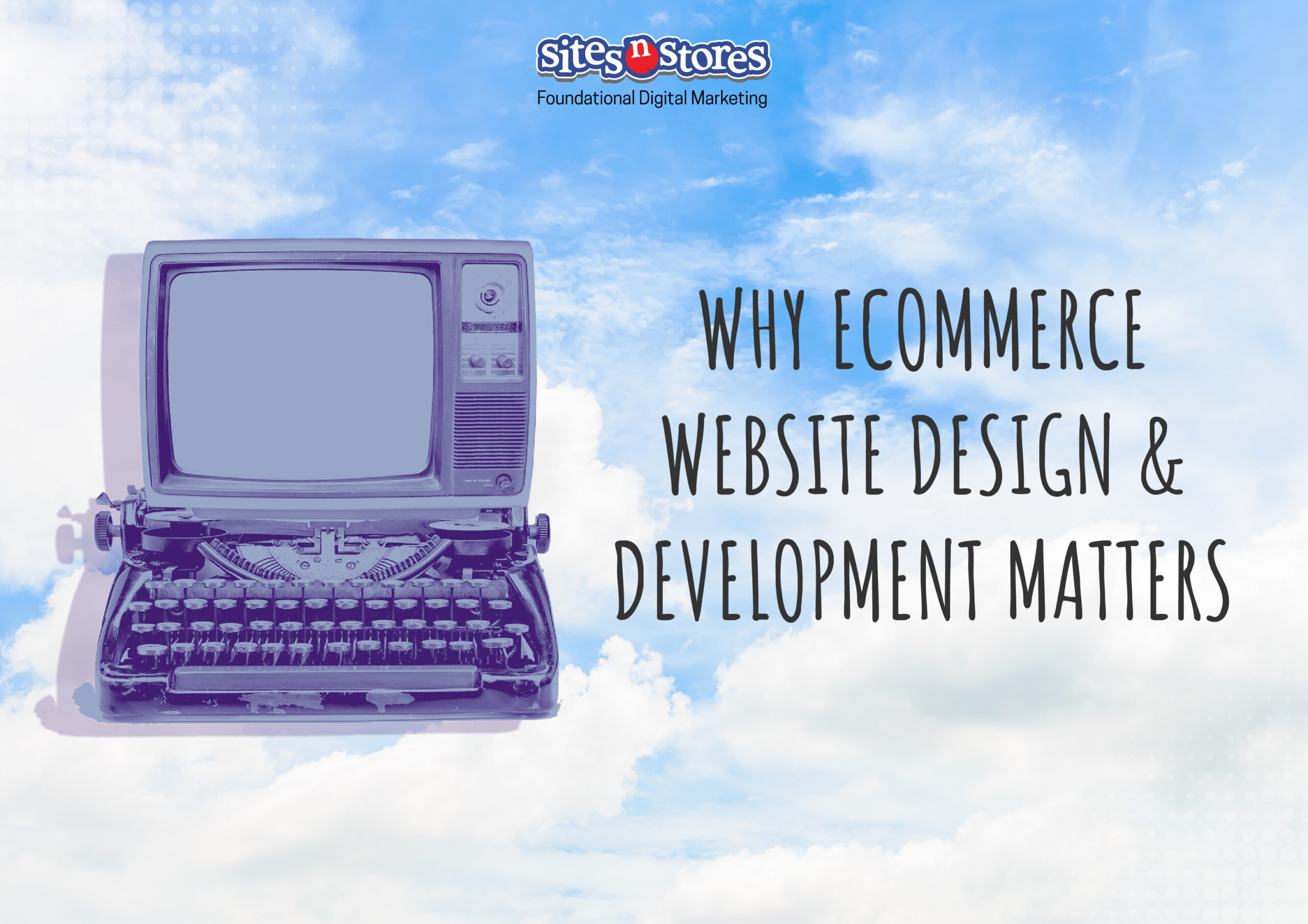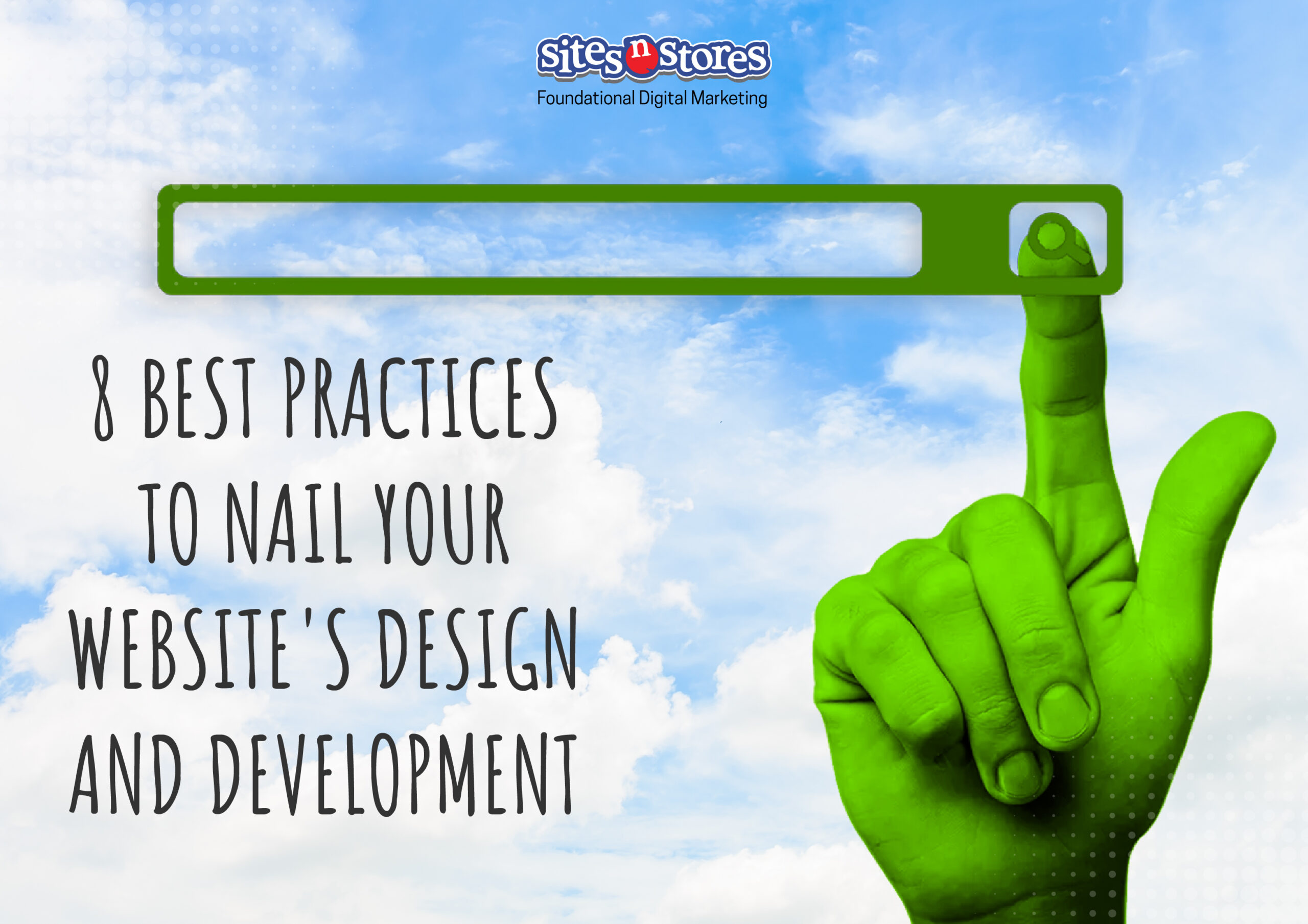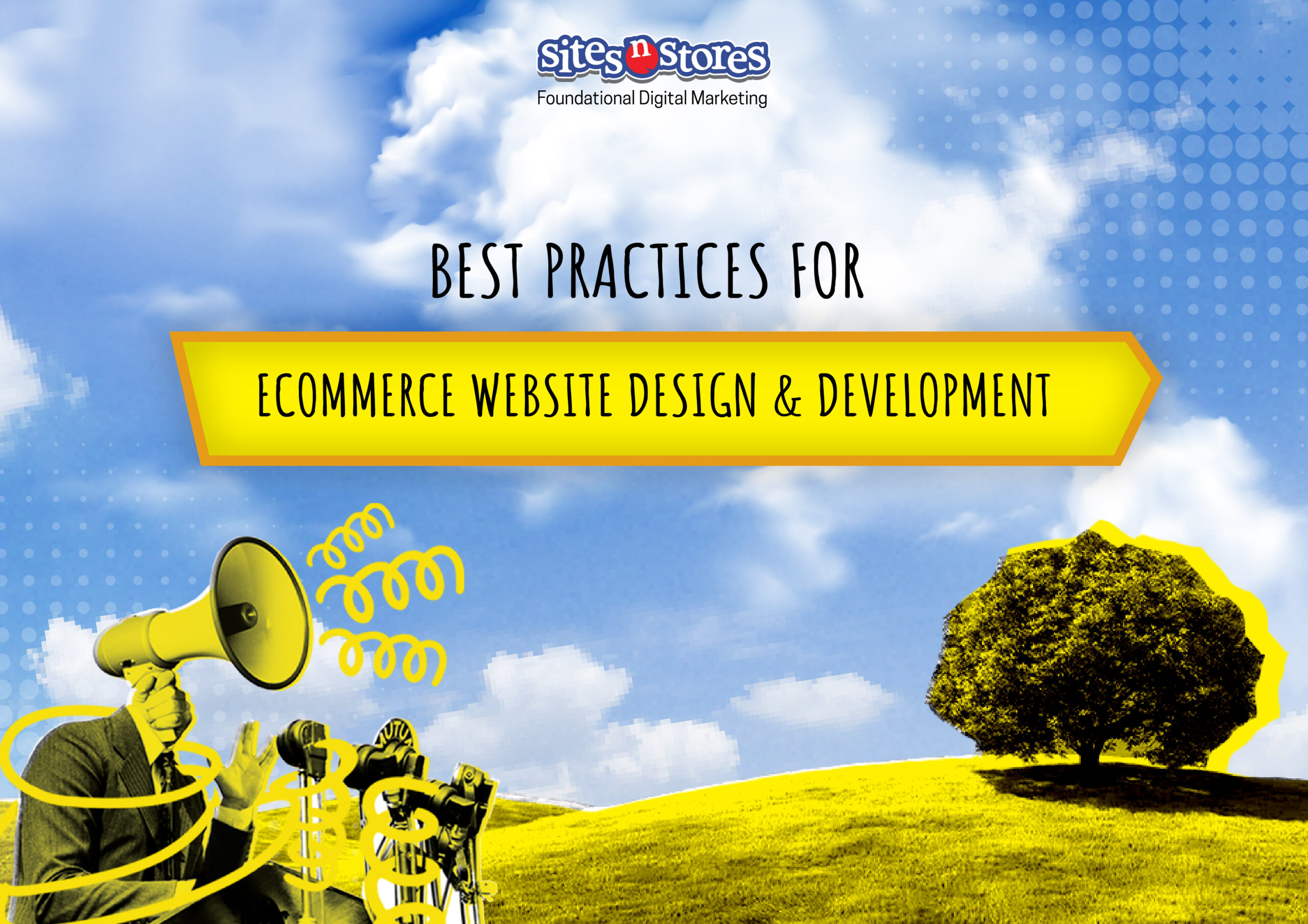What do Small Businesses in Perth, Darwin, and Canberra have in common? They all need an Ecommerce Website! But just having an Ecommerce site isn’t enough—you need one that looks great, works seamlessly, and keeps your Customers coming back for more.
This blog will guide you through some Ecommerce Design tips so you can implement the best practices for Ecommerce Website Design & Development. By following Ecommerce Design tips these, you can create an engaging shopping experience that converts visitors into loyal Customers.
Whether you’re building your first site or looking to improve your current one, these Ecommerce Design Tips will set you up for success in the competitive world of online retail.

Why These Ecommerce Design Tips Matter
Your Ecommerce site doesn't just display products—it tells a story about your brand. Customers often judge businesses by their online presence, so your Website should reflect professionalism, trust, and creativity while being easy to use.
But why is are our Ecommerce Design tips so critical?
- First Impressions Matter: It takes just 50 milliseconds for users to form an opinion about your Website. A visually unappealing or confusing site will send visitors running to competitors.
- User Experience is Everything: An intuitive Design ensures Customers can find what they need quickly. This can boost sales and reduce abandoned carts.
- SEO Rankings Depend on Design & Development: From fast load times to mobile friendliness, good Design impacts search engine rankings.
Ultimately, our stellar Ecommerce Design tips are key to generating traffic, building trust, and increasing revenue.

8 Ecommerce Design Tips to Nail Your Online Store’s Design and Development
Ecommerce Design Tip 1: Prioritise Mobile-First Design
More than half of all Ecommerce traffic comes from mobile devices. If your site isn’t mobile-friendly, you’re alienating a massive audience.
Here’s how to get it right:
- Use responsive Design so your site adjusts beautifully for screens of all sizes.
- Test navigation menus, forms, and buttons to ensure they’re easy to use on smaller screens.
- Keep load times under 3 seconds—users won’t wait around if your site is slow.
A successful mobile-friendly site not only retains visitors but also improves your SEO rankings.
Ecommerce Design Tip 2: Simplify Site Navigation
Your Customers should never feel lost on your site. Design it so they always know where to go next.
Pro tips for intuitive navigation:
- Use clear, straightforward menus with categories that make sense.
- Include a search bar front and centre for quick product discovery.
- Add breadcrumb trails that show users the steps they’ve taken so far.
When your site is easy to explore, Customers are more likely to complete their shopping journeys.
Ecommerce Design Tip 3: Focus on Visual Appeal (Without Overdoing It)
A visually stunning Website grabs attention, but it shouldn’t overwhelm your visitors. Achieve the perfect balance by prioritising these key Design elements:
- Consistent Branding: Use your logo, brand colours, and typography to create a cohesive look across the site.
- High-Quality Images: Invest in professional product photos that showcase your items from various angles.
- White Space: Give your Design room to breathe by spacing out elements.
A clean, polished site not only attracts Customers but also keeps them engaged longer.
Ecommerce Design Tip 4: Build Trust with Clear CTAs & Reviews
Customers are naturally sceptical of Websites they don’t know. To influence their buying decisions, provide reassurance at every touchpoint.
Add these trust-building features:
- Obvious CTAs: Use action-oriented buttons like "Add to Cart," "Learn More," or "Checkout Now." These should stand out visually on the page.
- Customer Reviews: Show star ratings and testimonials directly on product pages.
- Trust Badges: Display security certifications for payment processing and a clear return policy.
Trust drives conversions, so it’s worth the effort to build credibility into your Design.
Ecommerce Design Tip 5: Optimise for Site Speed
Site speed directly affects your bounce rate. If Customers have to wait for pages to load, many will exit without exploring further.
How to ensure fast load times:
- Compress all images and videos without compromising quality.
- Reduce the number of plugins and third-party elements on your site.
- Use a reliable Ecommerce platform or hosting provider.
Google also rewards faster sites with better SEO rankings, making speed optimisation a win-win.
Ecommerce Design Tip 6: Offer Secure Payment Options
Customers value their privacy, especially when entering payment details online. A secure checkout process isn’t just helpful—it’s essential.
To ensure a safe shopping experience, include these features:
- Multiple Payment Methods: Offer credit cards, PayPal, and digital wallets like Apple Pay.
- SSL Certificates: Secure your Website with SSL encryption (https://) to protect user data.
- Guest Checkout: Not everyone wants to create an account. Give people the option to check out as a guest.
A secure and seamless process boosts Customer confidence and increases completed purchases.
Ecommerce Design Tip 7: Use Engaging Product Descriptions
Your product pages should do more than just display prices and sizes—they should tell a story. Good descriptions give your Customers the confidence to click “buy.”
What makes a great product description?
- Highlight Benefits: Make sure Customers understand how the product will improve their lives.
- Be Specific: Include details like materials, sizing, and use cases.
- Use SEO Keywords: Incorporate search terms (like "eco-friendly tote bags") to help Customers find your products via Google.
Combine this with high-quality images and you’ll have a winning product page.
Ecommerce Design Tip 8: Continuously Test & Improve Your Site
Your Website shouldn’t remain static—it needs to evolve alongside your business and Customers.
- Best practices for ongoing optimization:
- Regularly monitor site performance (speed, mobile usability, bounce rates).
- Use Customer feedback and analytics to identify pain points.
- A/B test changes to see what works best (e.g., button colors, layouts).
With a “test-and-learn” approach, your Ecommerce site will always stay ahead of the competition.

Your Ecommerce Success Starts Here
Investing in exceptional Ecommerce Website Design & Development is one of the most impactful decisions you can make for your business.
By prioritising mobile-first functionality, Designing for user trust, and optimising site performance, you’ll deliver the seamless shopping experience today’s consumers demand.
Now that you know all of our Ecommerce Design tips, it’s time to take action. Need expert help bringing your Ecommerce vision to life? Work with a professional developer or platform to ensure nothing falls through the cracks.
Start building your dream Ecommerce site—your Customers will thank you for it.




